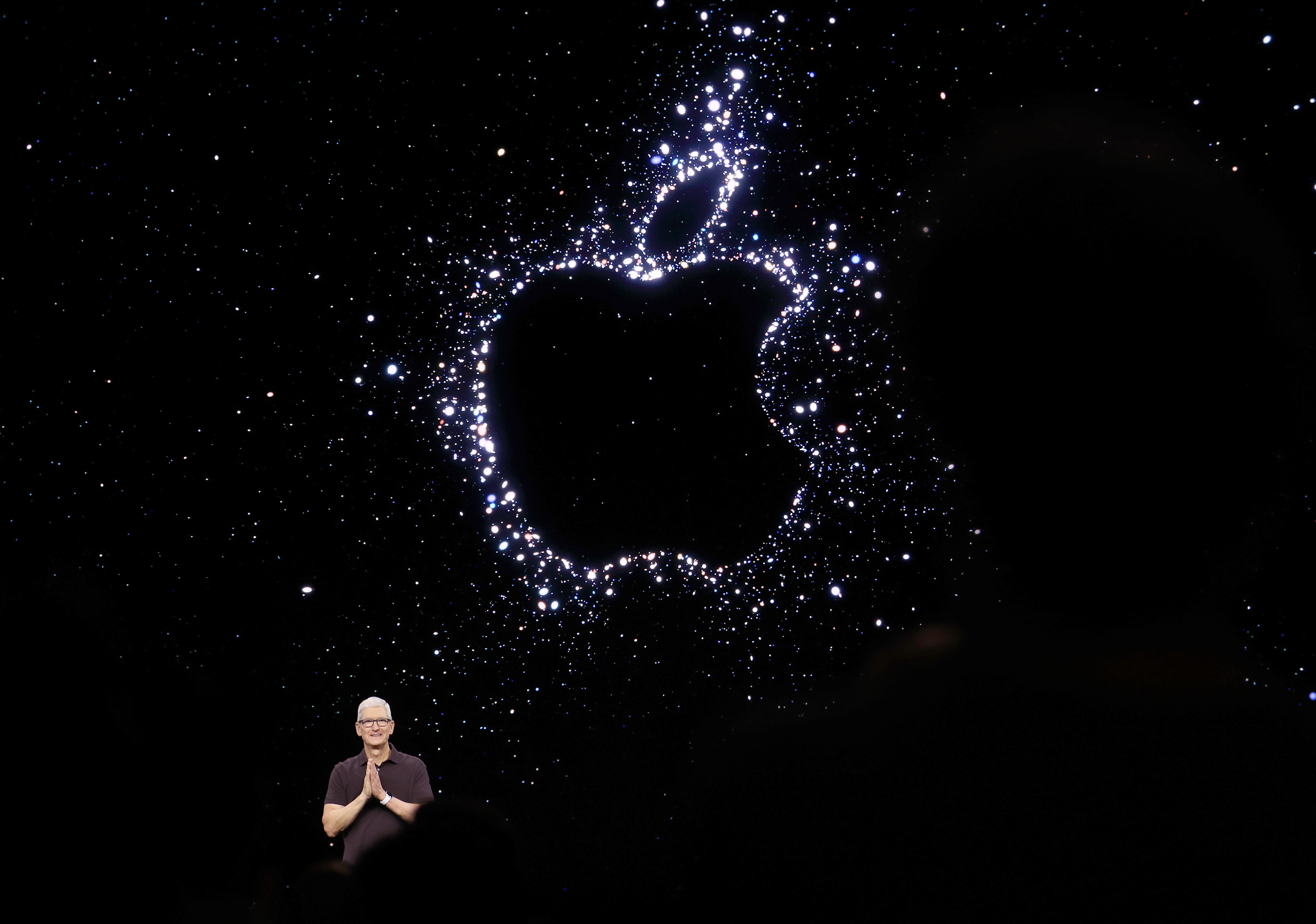Apple VR headset will scan people’s eyes, report claims

Your support helps us to tell the story
From reproductive rights to climate change to Big Tech, The Independent is on the ground when the story is developing. Whether it's investigating the financials of Elon Musk's pro-Trump PAC or producing our latest documentary, 'The A Word', which shines a light on the American women fighting for reproductive rights, we know how important it is to parse out the facts from the messaging.
At such a critical moment in US history, we need reporters on the ground. Your donation allows us to keep sending journalists to speak to both sides of the story.
The Independent is trusted by Americans across the entire political spectrum. And unlike many other quality news outlets, we choose not to lock Americans out of our reporting and analysis with paywalls. We believe quality journalism should be available to everyone, paid for by those who can afford it.
Your support makes all the difference.Apple’s upcoming VR headset will be able to scan people’s eyes, according to a new report.
It will use the technology to verify who was wearing the headset. That would allow it to switch between profiles as well as ensuring that payments can only be made by the owner of a certain account, for instance.
As such, it would function in a similar way to the biometric technology built in to existing Apple devices, such as the TouchID fingerprint sensor and FaceID facial recognition tools. But obviously neither of those would work within a headset that people wear on their face.
The technology would go into operation when somebody puts on the headset, according to a new report in The Information. It would then be able to sign the wearer into the correct account – which already happens when somebody puts their hand on the fingerprint sensor of one of Apple’s Macs.
It would then ensure that person stayed wearing the headset, so they could for instance buy a new app without having to sign in.
Apple’s virtual and augmented reality headset has been rumoured for years. In recent months, those rumours have suggested that the hardware is progressing towards being ready, and that it could finally be debuted in 2023.
Previous reports have suggested that the headset could borrow heavily from existing Apple devices: it may include the soft material from the AirPods Max, for instance, and the strap from the Apple Watch.
The new report suggests that by doing so it will be able to set itself apart from the recently announced Quest Pro headset from Meta. It will use more premium and comfortable materials, the report claimed.
It will also have space for prescription lenses to be slotted into the headset, using magnets. That will allow people who wear glasses to be comfortable inside the headset – removing a problem that affects a wide array of virtual reality headsets that are currently on the market.
Join our commenting forum
Join thought-provoking conversations, follow other Independent readers and see their replies
Comments